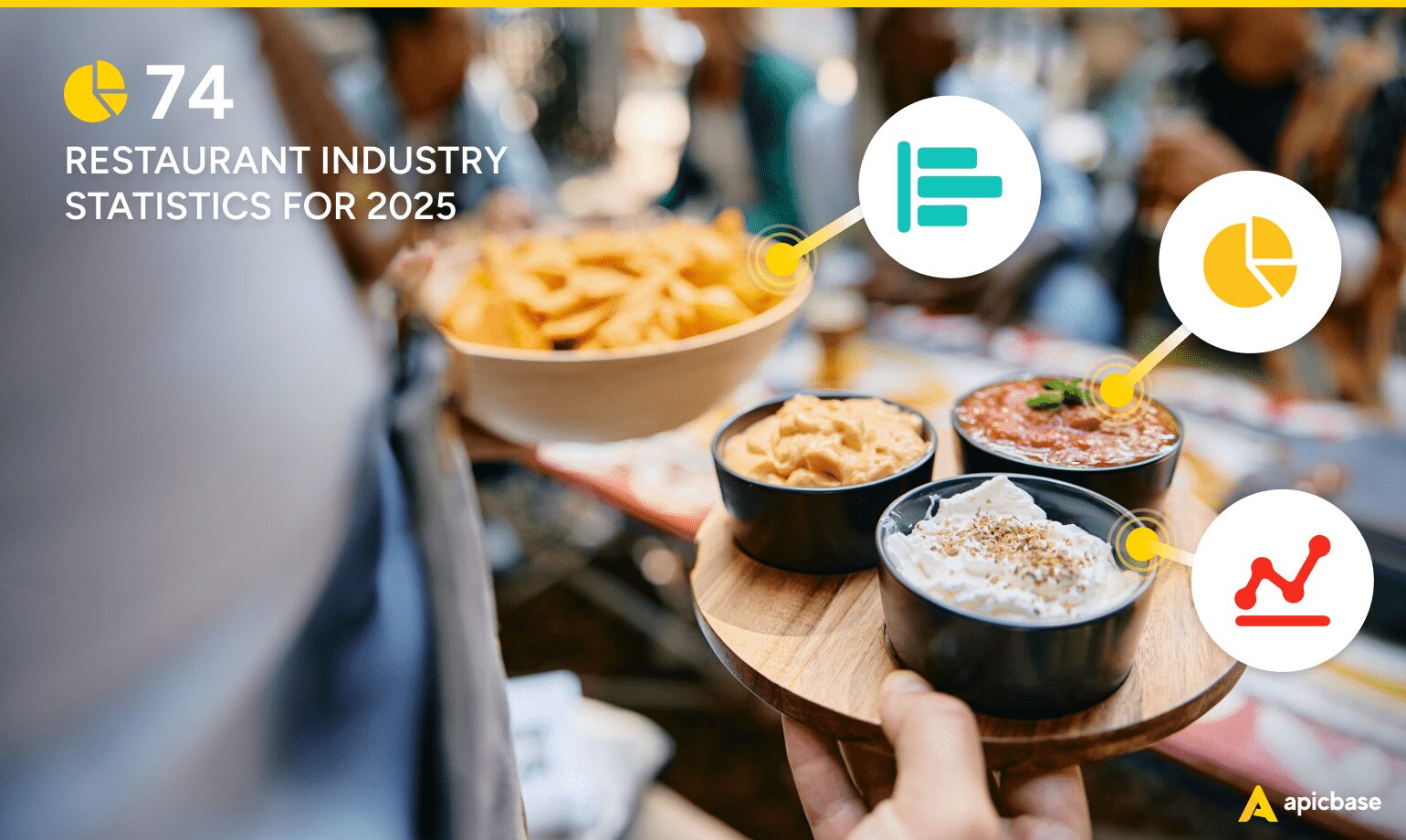So, how did 2024 go for restaurants?
While the challenges of 2023—like inflation and its impact on costs and consumer spending—haven’t disappeared, they’ve eased somewhat. There’s a growing sense that the industry might finally be seeing a light at the end of the tunnel.
To give you a full view of the positives, negatives, and what lies ahead for 2025, we analysed dozens of recent industry reports and compiled 74 key restaurant industry statistics.
At first glance, some figures may seem contradictory. This often comes down to differences in survey demographics, locations, or research methods.
Remember, statistics can reinforce and challenge our assumptions. That is why we encourage you not to take these numbers at face value, but to go beyond the surface and explore the nuances for a deeper understanding.
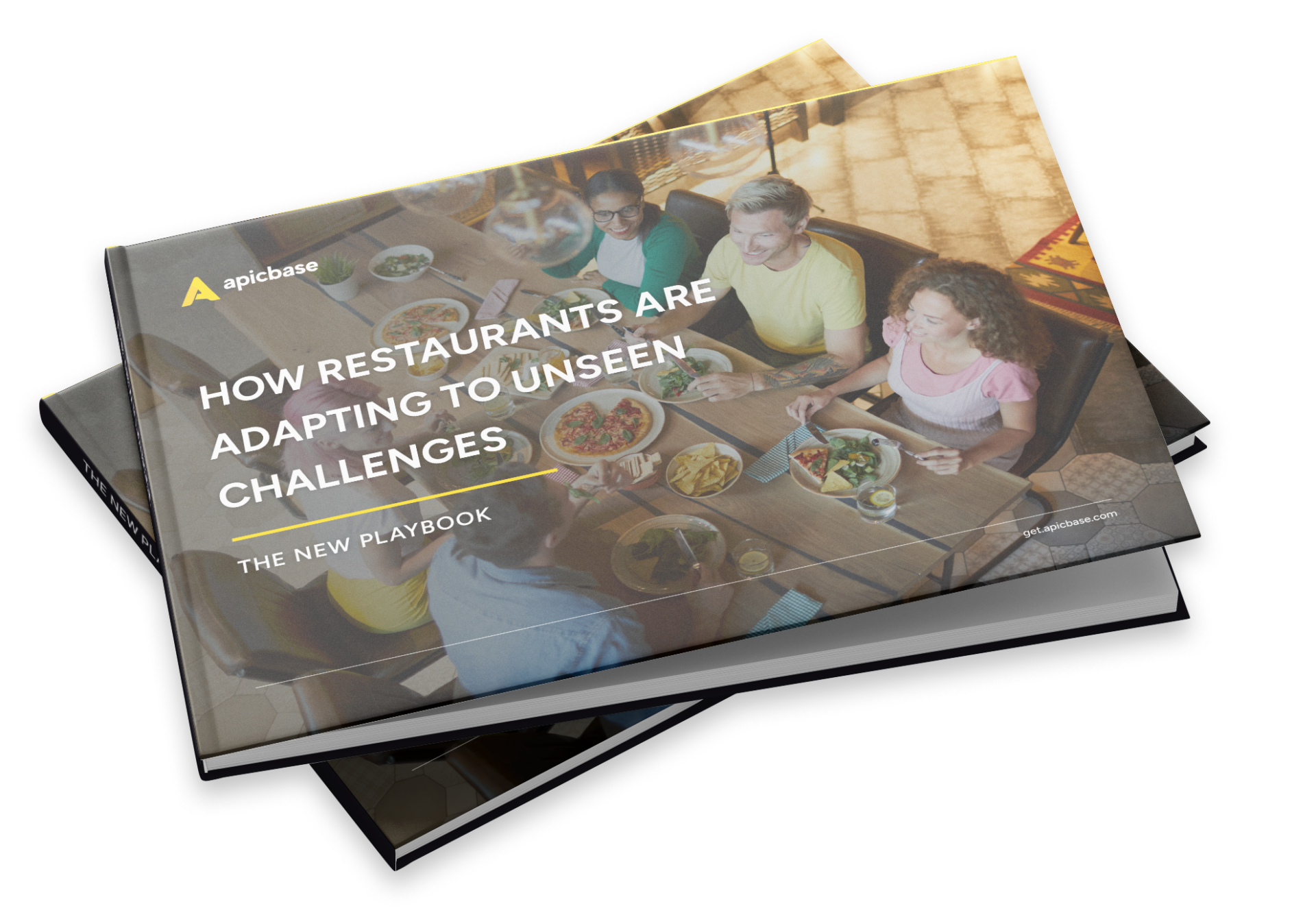
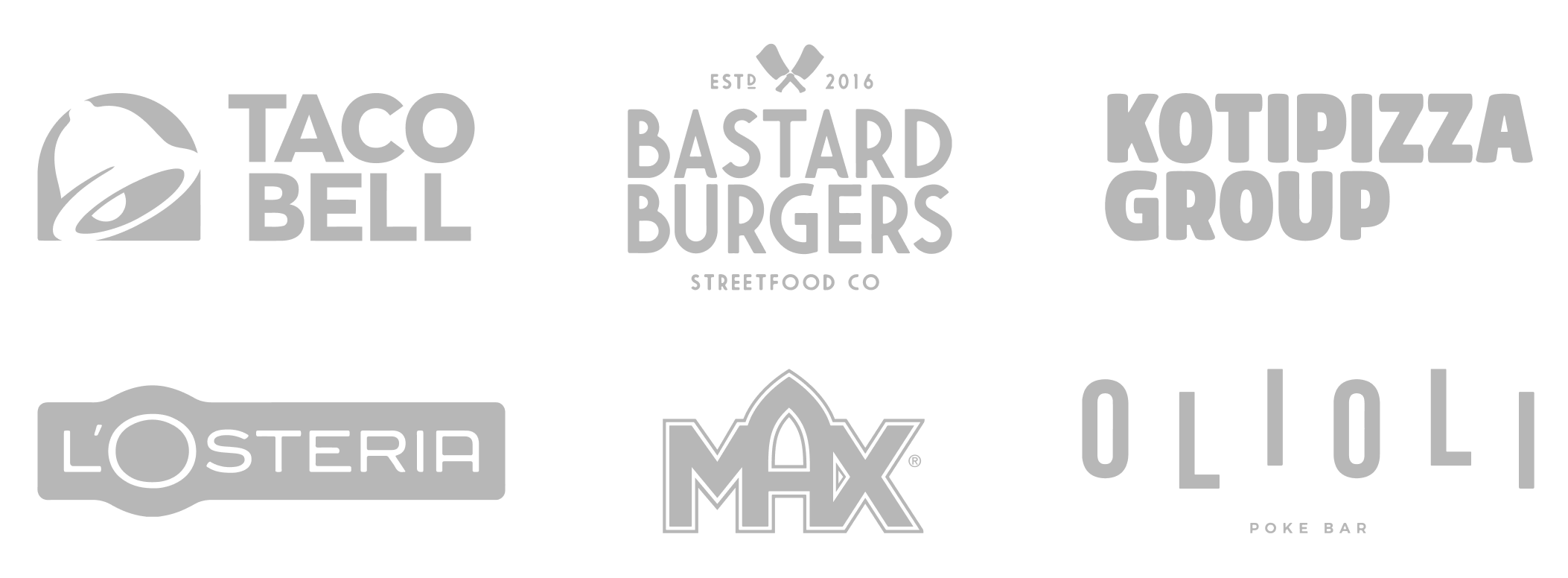
The New Playbook: How Restaurants Are Adapting to Unseen Challenges
Read how successful restaurant leaders are tackling challenges in the foodservice industry.
Restaurant Industry Growth Statistics
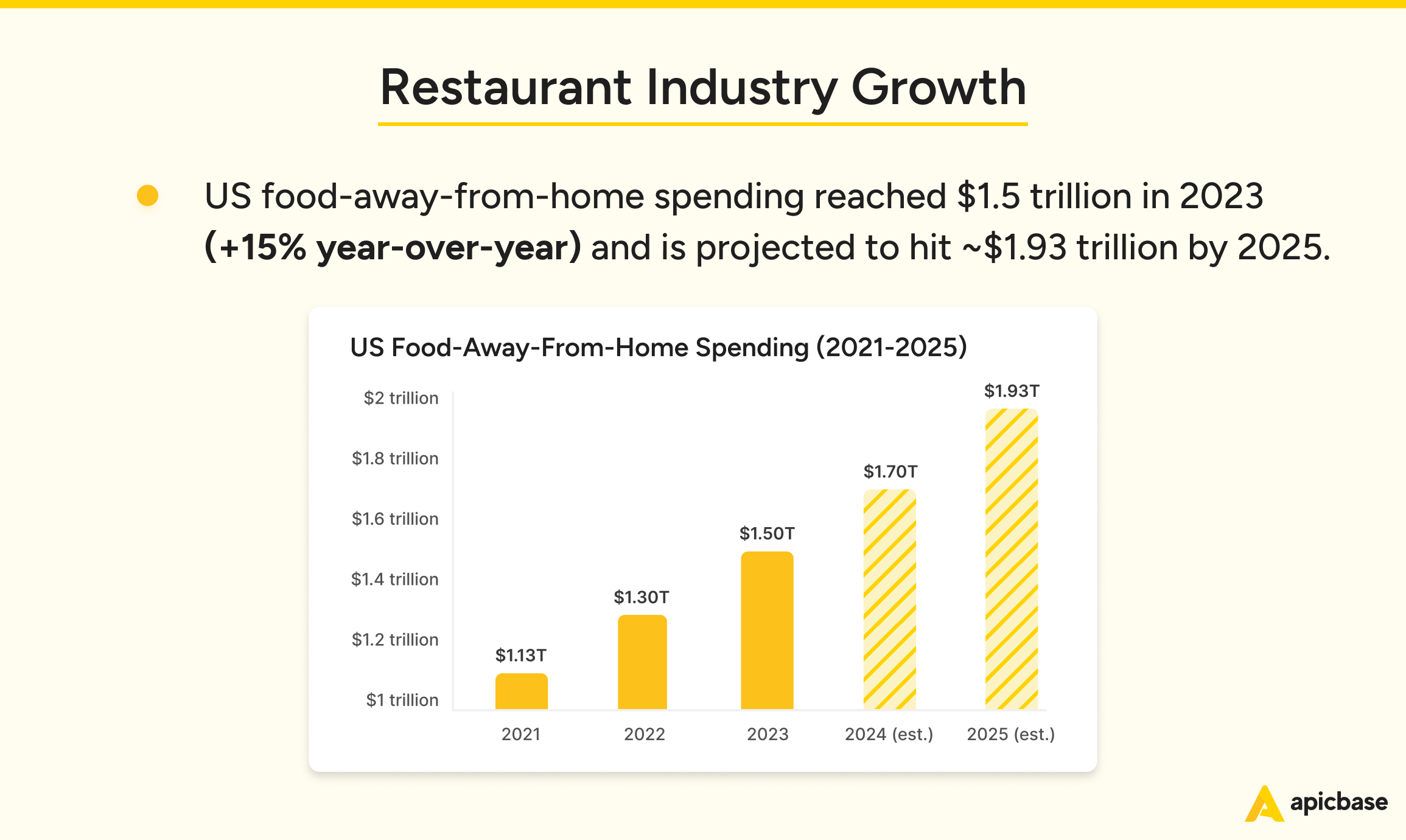
Although inflation has slowed, we’re not out of the woods yet. Even so, the forecasts expect the restaurant industry to grow in the coming years, albeit at a slightly reduced CAGR.
- The global foodservice market size grew by 3.22% in 2024, reaching $3,089 Billion and is expected to grow by 3.15% annually by 2033, reaching $4,143.20 billion. Last year’s projected growth was 3.3%. (IMARC Group, 2024)
- A more optimistic study estimates the market size will reach $6,348.75 billion in 2032, with a CAGR of 7.78%. This growth rate is also lower than the 2022-2030 forecast of 10.79%. (Fortune Business Insights, 2024).
- In 2024, there were 147,495 single-location full-service restaurant businesses in the US. The average yearly growth since 2019 has been 0.6%. (IBISWorld, 2024)
- Between 2022 and 2023, food-away-from-home spending in the US increased by 15%, going from $1.3 trillion to $1.5 trillion. This accounted for 58.5% of total food expenditures, the highest since the USDA started to measure this value in 1960. In 2022, spending also grew by 15% compared to the previous year. (USDA, 2023)
- In 2023, ten of the fifteen franchises in the US with the largest global sales were restaurant chains. (Statista, 2024)
- The European food service market is estimated to reach $0.95 trillion in 2025 and grow at a CAGR of 9.66%, reaching $1.51 trillion by 2030. (Mordor Intelligence, 2025)
- The European QSR Market is expected to reach $148.9 billion by 2030, with a 3.7% CAGR from 2023. (Custom Market Insights, 2024)
- Another research confirms the growth trend of the European QSR market but at a smaller CAGR of 2.5% between 2024 and 2031, driven by the pizza and pasta segment. The UK had the highest projected growth at a CAGR of 4.3%. (Cognitive Market Research, 2025)
- The European food service market (which includes restaurants, but also other food-away-from-home businesses such as food outlets in hospitals and schools) is projected to grow at a CAGR of 10.42% between 2024 and 2032, going from $1,150 billion to $2,539 billion. (Market Data Forecast, 2024)
- The UK restaurant market was forecasted to grow by 5.2% in 2023, reaching $22.85 billion—98% of its 2019 value. It’s expected to reach a market value of $23.80 billion by 2026. (Lumina Intelligence, 2025)
- Despite this growth, over 4,500 sites are projected to close by 2026, with independent restaurants being hit the hardest. Independents accounted for 67% of the market in 2017 but dropped to 62% in 2023, while branded chains grew from 29% to 33% over the same period. (Lumina Intelligence, 2025)
Recommended Read: Secrets of Operational Excellence: How High-performing Restaurant Leaders Optimise Operations [and What They Do Differently]
Restaurant Cost and Procurement Statistics
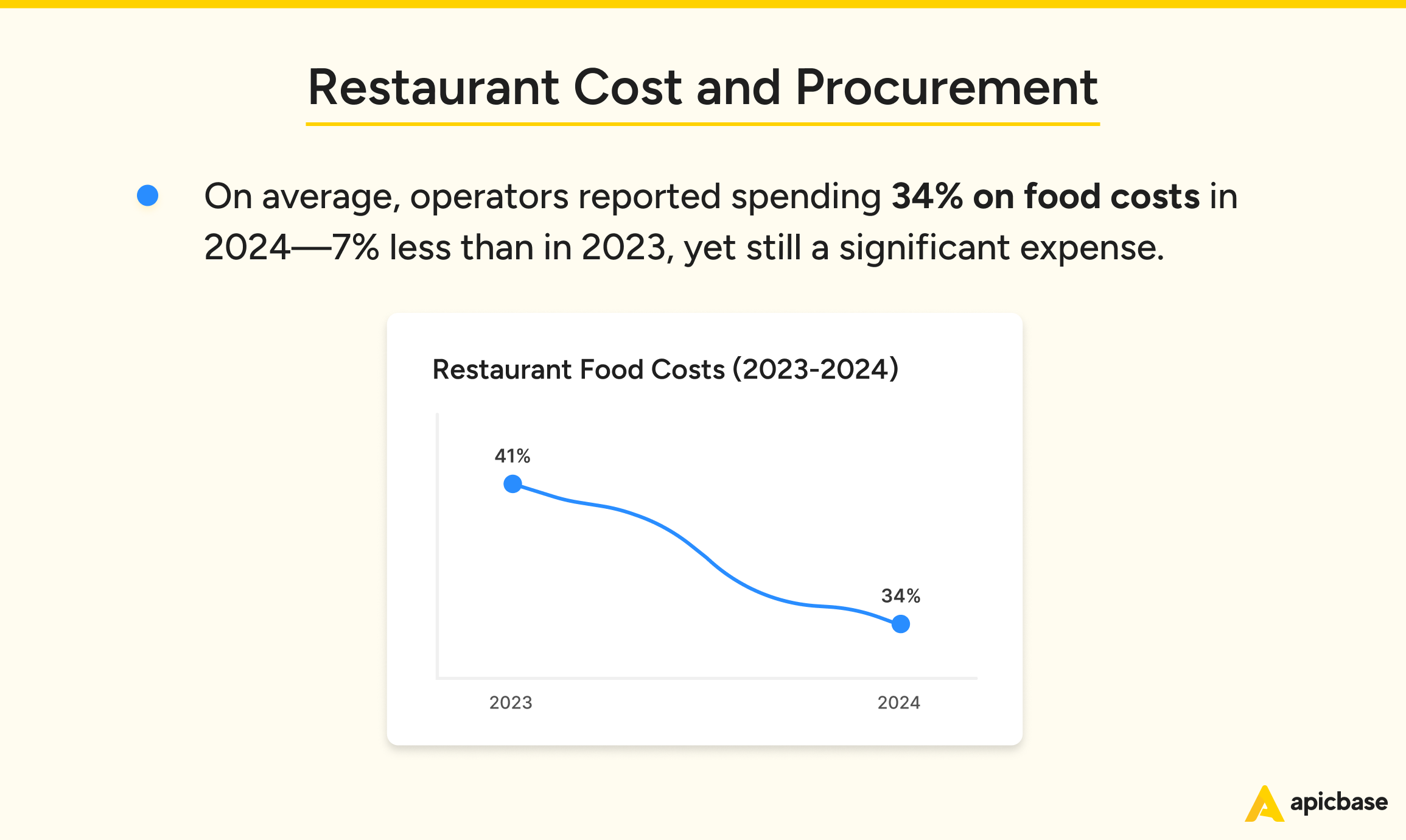
In 2024, food and labour costs continued to rise, remaining the main challenges for operators. While higher menu prices offset some of these increases (see the next section), many operators realised that they needed to focus more on inventory and procurement strategies to mitigate the effects of inflation.
- When asked about the main challenge in 2024, food cost control ranked first. (Touchbistro, 2024)
- The increase in food costs is decelerating, though. On average, operators reported spending 34% on food costs in 2024—7% less than in 2023, yet still a significant expense. (Touchbistro, 2024)
- 99% of respondents reported spending more on labour. (Touchbistro, 2024)
- In a different survey, labour costs rose for 88% of respondents, with nearly half of them reporting an increase of 6% or more. (Restaurant365, 2024)
- Finding new, less expensive suppliers and reducing food waste were the top two strategies to cut food expenses, adopted by 40% and 38% of restaurants, respectively. (Touchbistro, 2024)
- While food costs and vendor management were the biggest inventory challenges for a growing number of restaurants, food waste was less of an issue for some operators, dropping from 22% to 18%. Fewer operators—20%, 4% less than the previous year—cited ingredient shortages. (Touchbistro, 2024)
- It is estimated that the foodservice sector in the US wasted 12.7 million tons of food in 2023, down from 13 million tons in 2022 but 0.7 million tons more than in 2021. (ReFed, 2025)
- The average amount of food waste in food service is estimated to be nearly double that of the retail sector. (UN Food Waste Index Report, 2024)
- Tracking food waste is the tactic most used to reduce food waste, and it is used by 30% of operators, followed by forecasting for more precise ordering (29%). (Restaurant365, 2024)
Recommended Read: How to Protect Restaurant Margins in a Competitive Environment
Restaurant Menu Prices Statistics
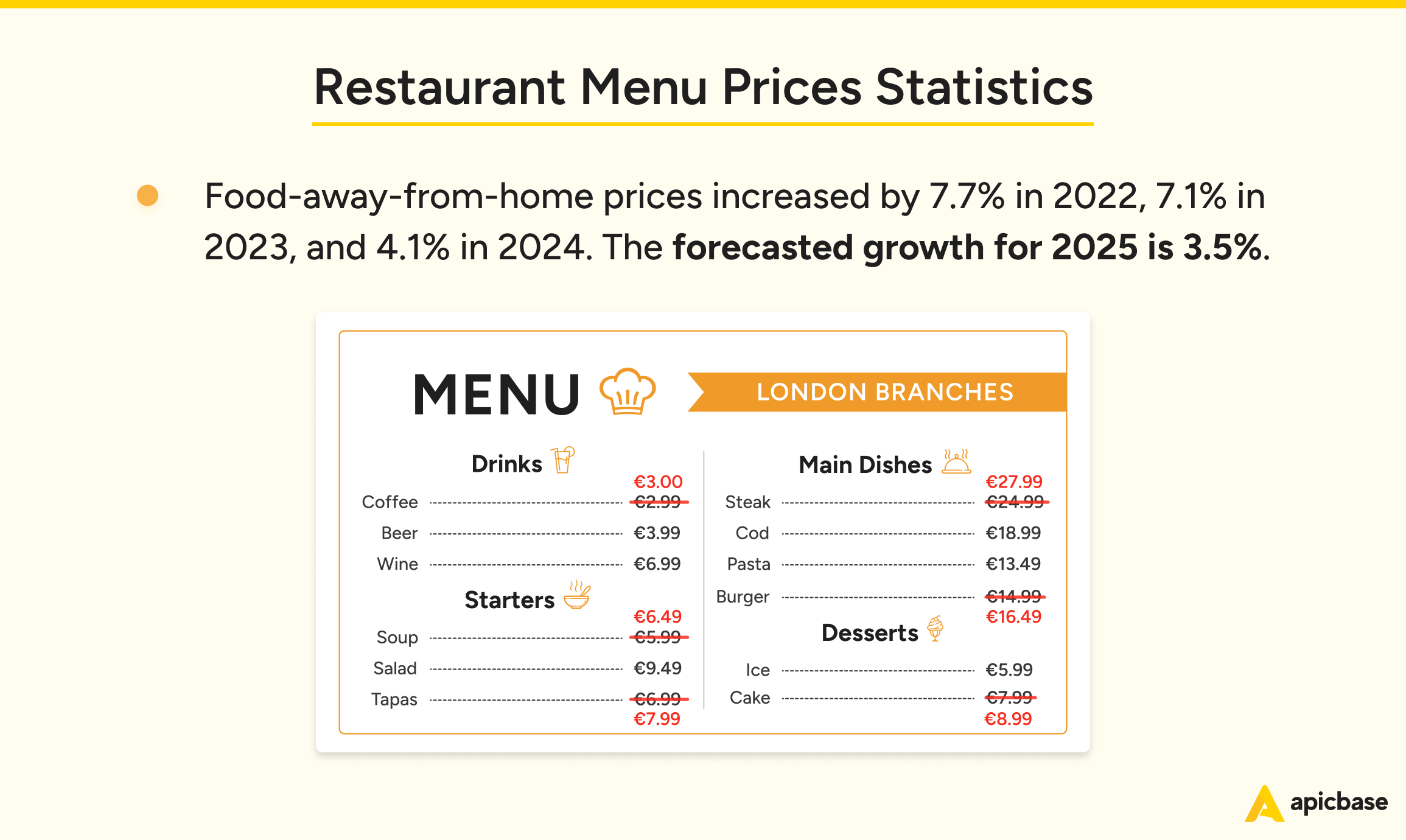
Raising menu prices was often the first and most straightforward response to rising operational costs. However, this approach has its limits, which may explain why fewer operators chose it in 2024 than in 2023.
- In 2024, 47% of all operators reported raising prices in the past six months, compared to 67% in 2023. (Touchbistro, 2024)
- Another report reflects different figures but the same downward trend: 61% raised menu prices in 2024, down from 82% in 2023. (Restaurant365, 2025)
- USDA data confirms the slowing trend in price increases: food-away-from-home prices increased by 7.7%, in 2022, 7.1% in 2023, and 4.1% in 2024. The forecasted growth for 2025 is 3.5%. (USDA, 2025)
- In the EU, restaurant and hotel price inflation decreased from 8.8% in April 2023 to 4.4% in November 2024. (European Central Bank, 2025)
- The term “Tipflation” (increased tipping expectations) has gained traction, with mentions on Yelp rising by 400%. (Kroll, 2024)
- About one-third of operators who raised prices noticed that customers spend less than before. (Touchbistro, 2024)
Recommended Read: Restaurant Menu Costing — How to Automate Recipe Calculations & Eliminate Low-Margin Items
Restaurant Financials Statistics
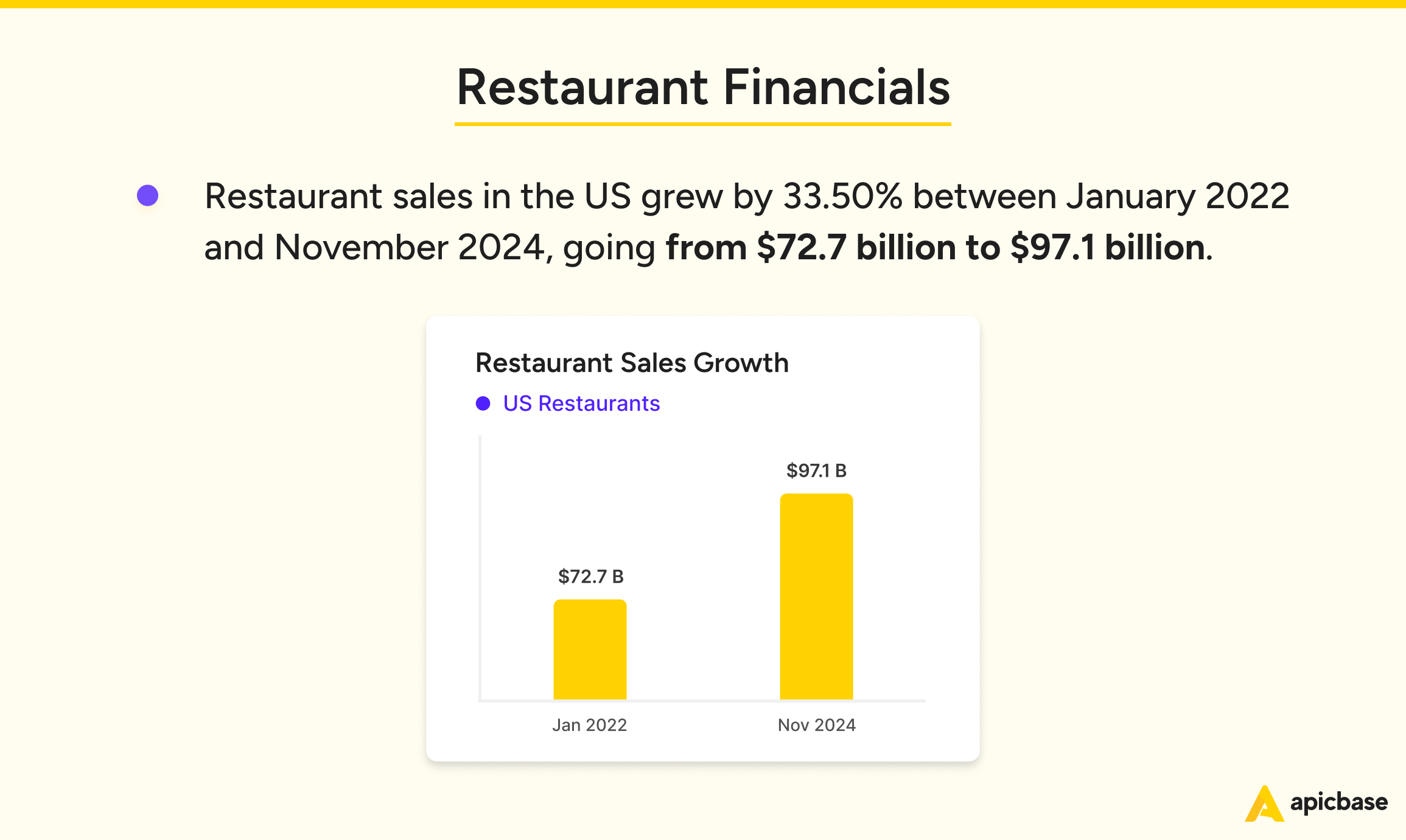
Official data reveals that restaurant sales are on the rise, albeit at a slow and inconsistent pace month to month. On a positive note, profit margins have stabilised, showing a slight improvement.
- US restaurant sales were 96.7 billion in November 2024, 1.9% more compared to November 2023. (National Restaurant Association, 2024)
- Another estimate projects the total sales value of the US restaurant industry to 1.1 trillion in 2024. (Kroll, 2024)
- In the longer term, restaurant sales in the US grew by 33.50% between January 2022 and November 2024, going from $72.7 billion to $97.1 billion. (National Restaurant Association, 2024)
- Profit margins were 9.8%, slightly up compared to 2023 but lower than in 2022 and 2021. This suggests that restaurateurs have found the balance between menu prices, customer spending and traffic. (Touchbistro, 2024)
- 78% of operators reported having some form of debt, 10% more than in 2023. The average amount is about $50,000. (Touchbistro, 2024)
- Adding new sales channels (i.e. catering, events, etc.) was the most common strategy to boost revenue, adopted by 37% of respondents. (Touchbistro, 2024)
Get started: Restaurant Inventory Management Software for Multi-Unit Restaurants and Large-scale Catering Operations.
Restaurant Delivery Statistics
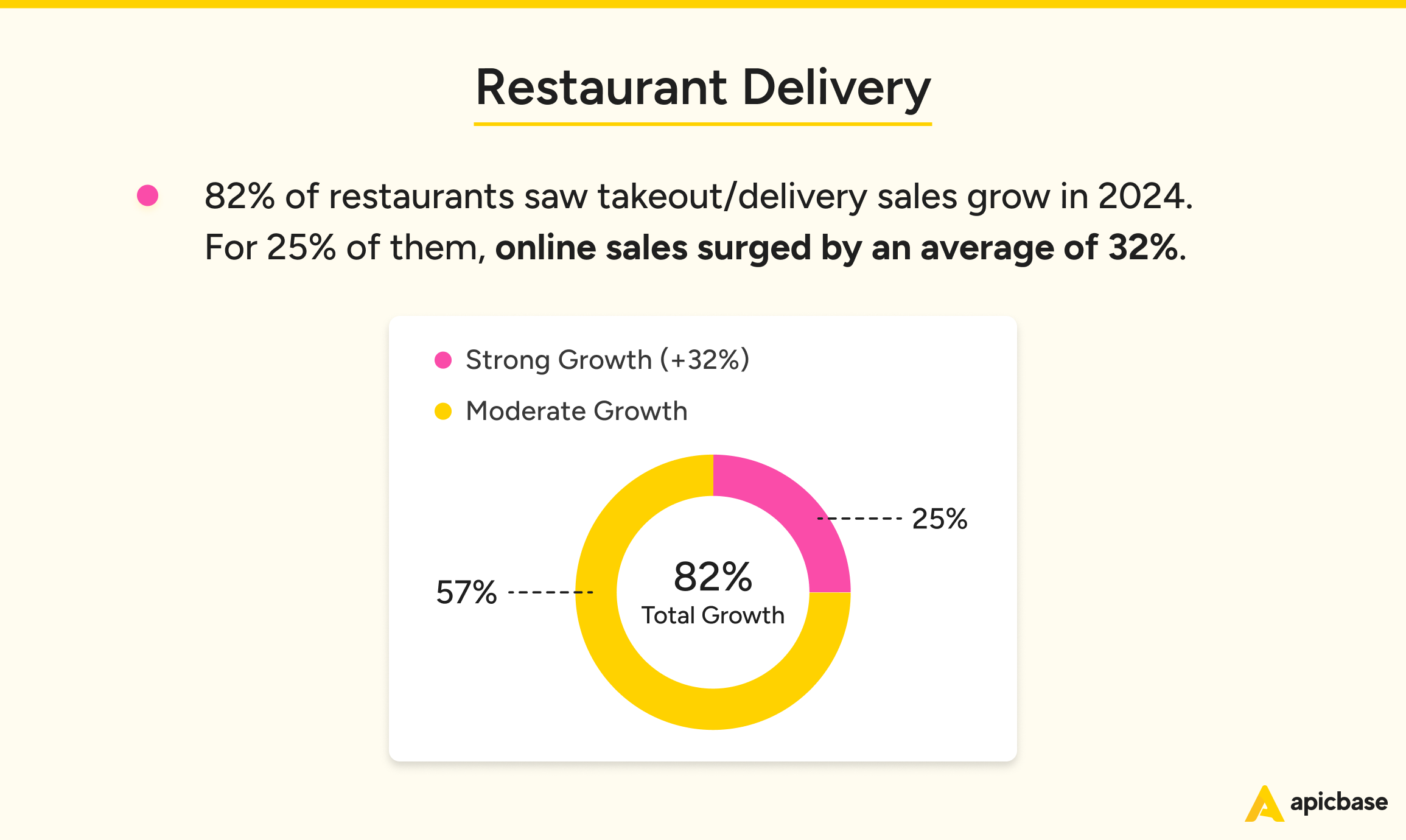
Takeout and delivery have continued their upward trajectory, often serving as an alternative to dining out, likely because diners perceive them as more affordable options. Market projections remain optimistic.
- 82% of restaurants reported an increase in takeout/delivery sales compared to last year. For 25% of them, online sales have significantly increased, with an average reported growth of 32%. None of the surveyed restaurants reported a decline. (Touchbistro, 2024)
- 99% of operators use at least one online ordering solution, with an average of three platforms. (Touchbistro, 2024)
- Reliability, ranked as the top factor for restaurants when selecting an online ordering solution, is cited by 28% of respondents, ahead of cost considerations. (Touchbistro, 2024)
- Mobile and digital platforms are expected to contribute approximately 30% of total U.S. restaurant sales by 2025. (Kroll, 2024)
- Global online food delivery— which includes groceries and deliveries via in-house or third-party services— is forecasted to grow from $1.41 trillion in 2025 to $1.91 trillion by 2029 with a CAGR of 7.88%. (Statista, 2025)
- Restaurant delivery, which specifically includes meals ordered online and delivered by restaurants, is projected to reach $164.20 billion by 2025, growing to $185.40 billion by 2029 at a CAGR of 3.06%. (Statista, 2025)
- For 45% of operators, third-party delivery systems accounted for 11% to 30% of their revenue. (Restaurant365, 2025)
Recommended Read: Restaurant POS Integration: 7 Benefits of Combining Point of Sales with F&B Management Software
Restaurant Technology Statistics
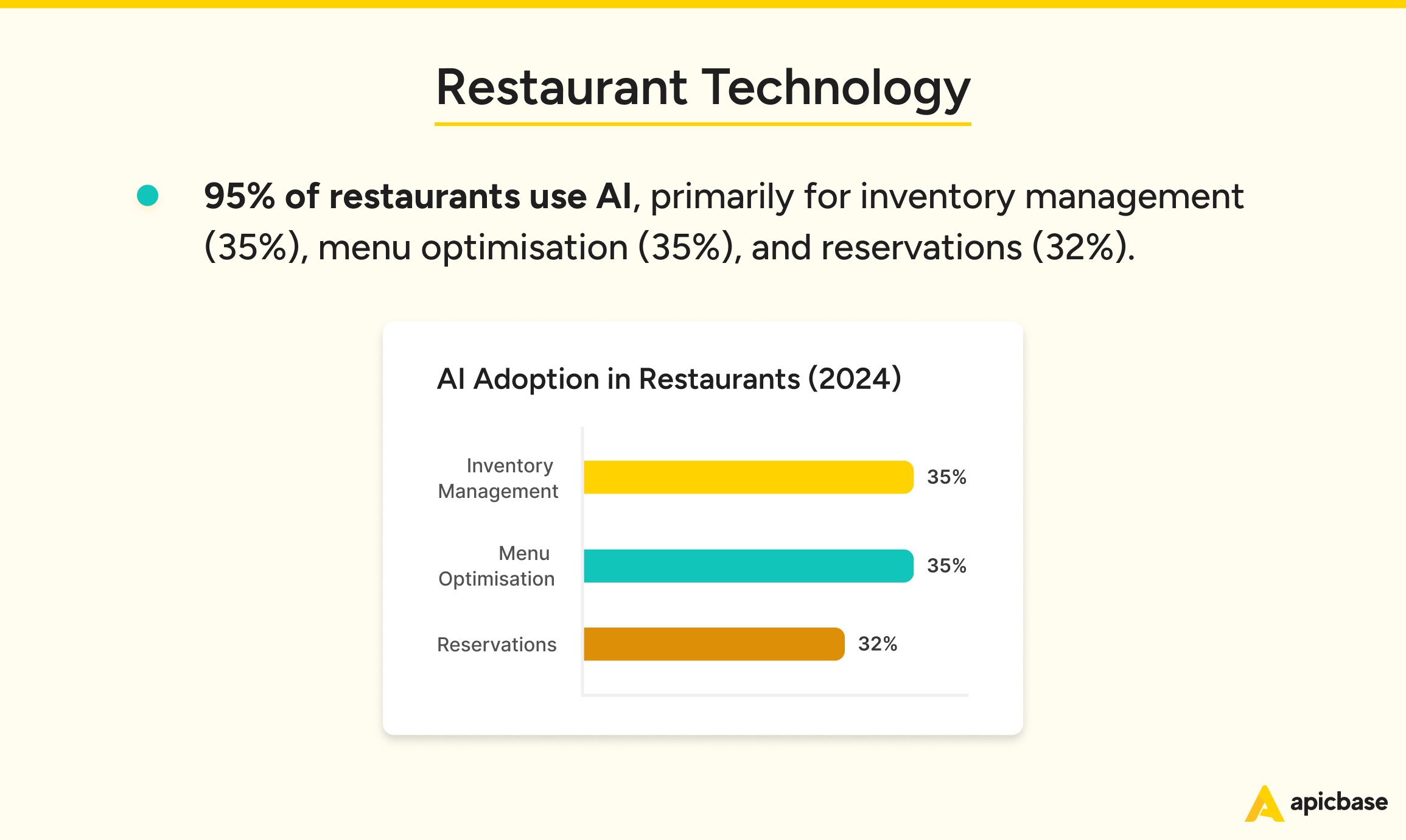
Operators increasingly recognise the impact of technology on their operations, particularly restaurant automation. Customers show growing interest in having more technology added to their dining experience. The POS system remains the cornerstone of restaurant technology, and optimism around AI is notably high.
- Millennials are those most comfortable using technology when interacting with a full-service restaurant, especially for:
- placing orders using a smartphone app (85%)
- paying using contactless or mobile options (82%)
- using digital wallets (80%). (National Restaurant Association, 2024)
- Payment technology is where customers see the most significant potential for improving their dining experience, particularly among Gen X’ers and Baby Boomers, with 38% selecting this area. (National Restaurant Association, 2024)
- 76% of operators believe technology gives them a competitive edge, but only 13% are satisfied with their current technology adoption. (National Restaurant Association, 2024)
- 97% of restaurants use a POS system. (Touchbistro, 2024)
- 67% report that most of their software solutions integrate into their POS. (Touchbistro, 2024)
- Comprehensiveness is the most important factor when choosing a POS system, cited by 35% of operators. (Touchbistro, 2024)
- Automation is now a must-have: 95% or more of restaurants have either automated or are planning to automate tasks such as online ordering, invoicing, email marketing, inventory or staff scheduling. (Touchbistro, 2024)
- The top benefits of automation include increased staff productivity and higher sales. (Touchbistro, 2024)
- 89% of operators are either positive or extremely positive about AI. (Touchbistro, 2024) 95% of restaurants use AI in some capacity, particularly for:
- Inventory management (35%)
- Menu optimisation (35%)
- Reservations (32%).
Recommended Read: How Will Off-Premise Dining In Europe Evolve? A Glimpse Into The Future
Restaurant Marketing & Social Media Statistics
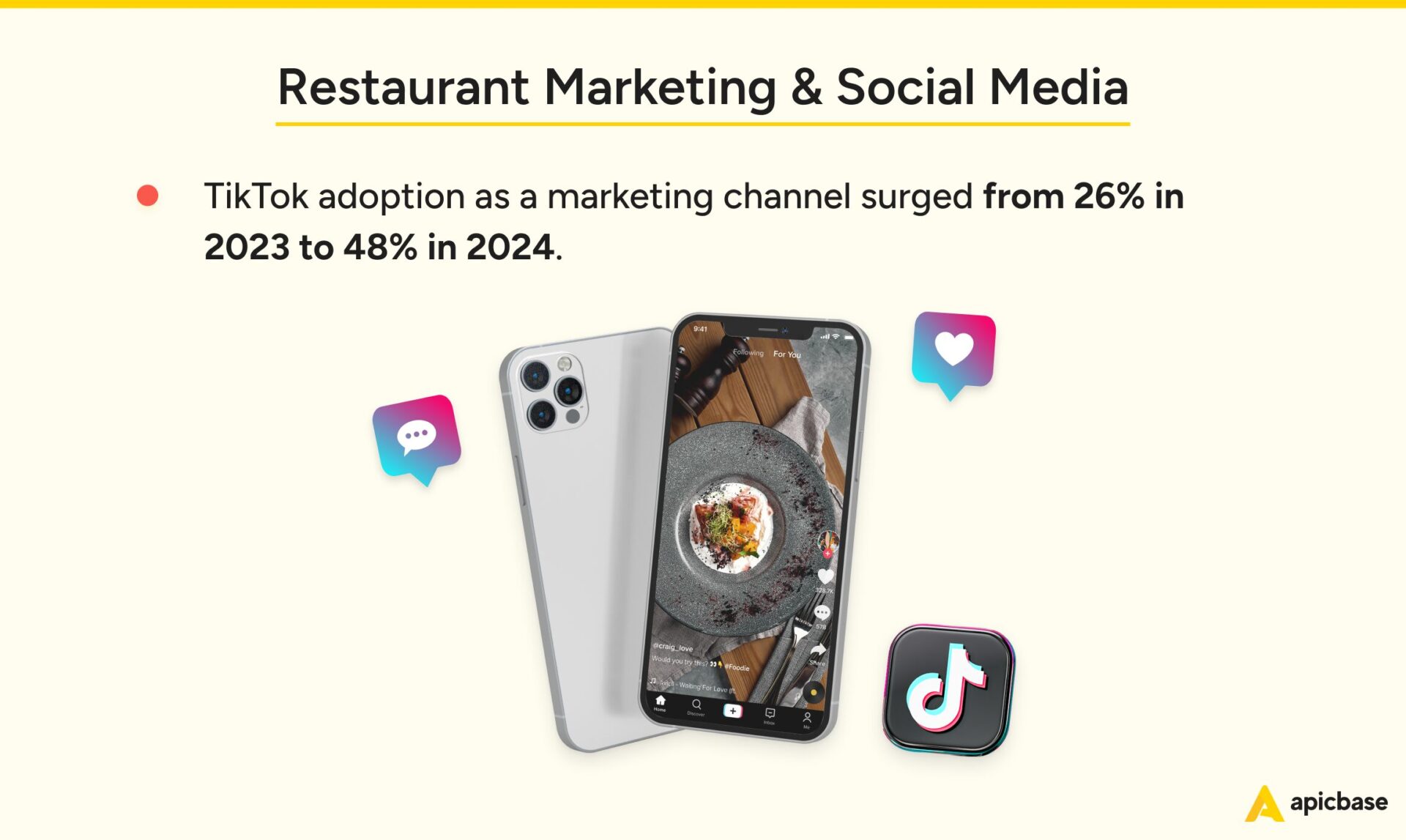
Social media is still king in restaurant marketing, with platforms like TikTok gaining popularity. Restaurants have also made personalised offers a staple of their marketing strategy, often independent of loyalty programs.
- 99% of full-service restaurants have a social media presence, while only 69% have a website. (Touchbistro, 2024)
- TikTok adoption as a marketing channel surged from 26% in 2023 to 48% in 2024. (Touchbistro, 2024)
- 100% of restaurants use POS data to personalise offers and promotions. Other top uses of POS data include enhancing loyalty programs (76%) and tracking menu performance to optimise offerings (60%). (Hospitality Technology, 2024)
- 63% of full-service restaurants and 70% of those with multi-location operations use loyalty programs. These numbers are consistent with the previous year, suggesting loyalty program adoption has plateaued. (Touchbistro, 2024)
- Adding a basic loyalty program creates an 18–30% increase in spending and visit frequency among program members. (Paytronix, 2024)
- Restaurants with top-performing loyalty programs:
- Get 37% of their transactions from their loyalty programme members
- Get to retain 62% of loyalty programme members
- Sign up an average of 110 new members per store each month. (Paytronix, 2024)
- Restaurants that use loyalty programs overwhelmingly rely on diner data to send personalised offers based on past orders or customer preferences. (Touchbistro, 2024)
Recommended Read: 15 Powerful Ways To Reduce Food Waste In Multi-Site Restaurants
Restaurant Labour Statistics
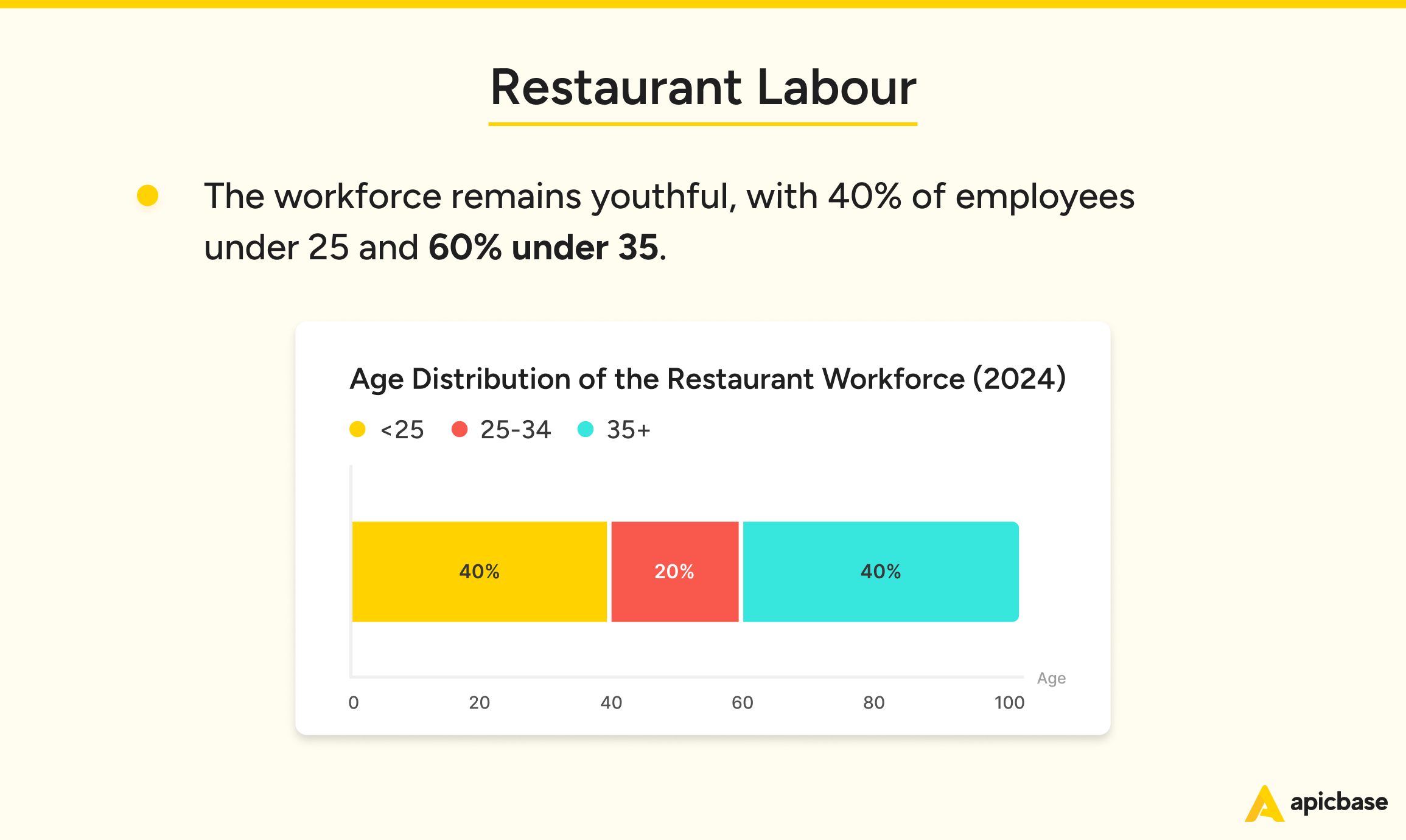
Although the labour shortage in the restaurant industry has eased, recruitment and retention remain significant challenges. Operators are addressing these issues by focusing on the basics: higher wages and better training programs.
- 21% of operators reported no staff shortages in 2024, a significant improvement from just 3% in 2022. (Touchbistro, 2024)
- Recruiting and retaining staff was the top challenge for 31% of operators. (Restaurant365, 2025)
- 39% of operators experienced a turnover rate between 11% and 25%. (Restaurant365, 2025)
- The average restaurant industry turnover rate in 2022 was 83.4, significantly less than 2020, but still higher than 2019, when it was 78.8. (Toast, 2024)
- 44% of operators cited staff turnover as their number one labour concern in the past year. (Touchbistro, 2024)
- Increasing pay (32%) and improving training (29%) were the most common strategies used for retention. (Restaurant365, 2025)
- Employment in eating and drinking places reached 12.46 million in December 2024, surpassing the February 2020 peak by more than 170,000 jobs. (National Restaurant Association, 2025)
- The workforce remains youthful, with 40% of employees under 25 and 60% under 35. (National Restaurant Association, 2024)
Get #1 Back of House Software: Manage Recipes, Purchasing, Inventory and Analytics All in One Place. Apicbase gives your teams the tools and data to reduce food costs and drive operational excellence across your restaurants.
Strategies for 2025
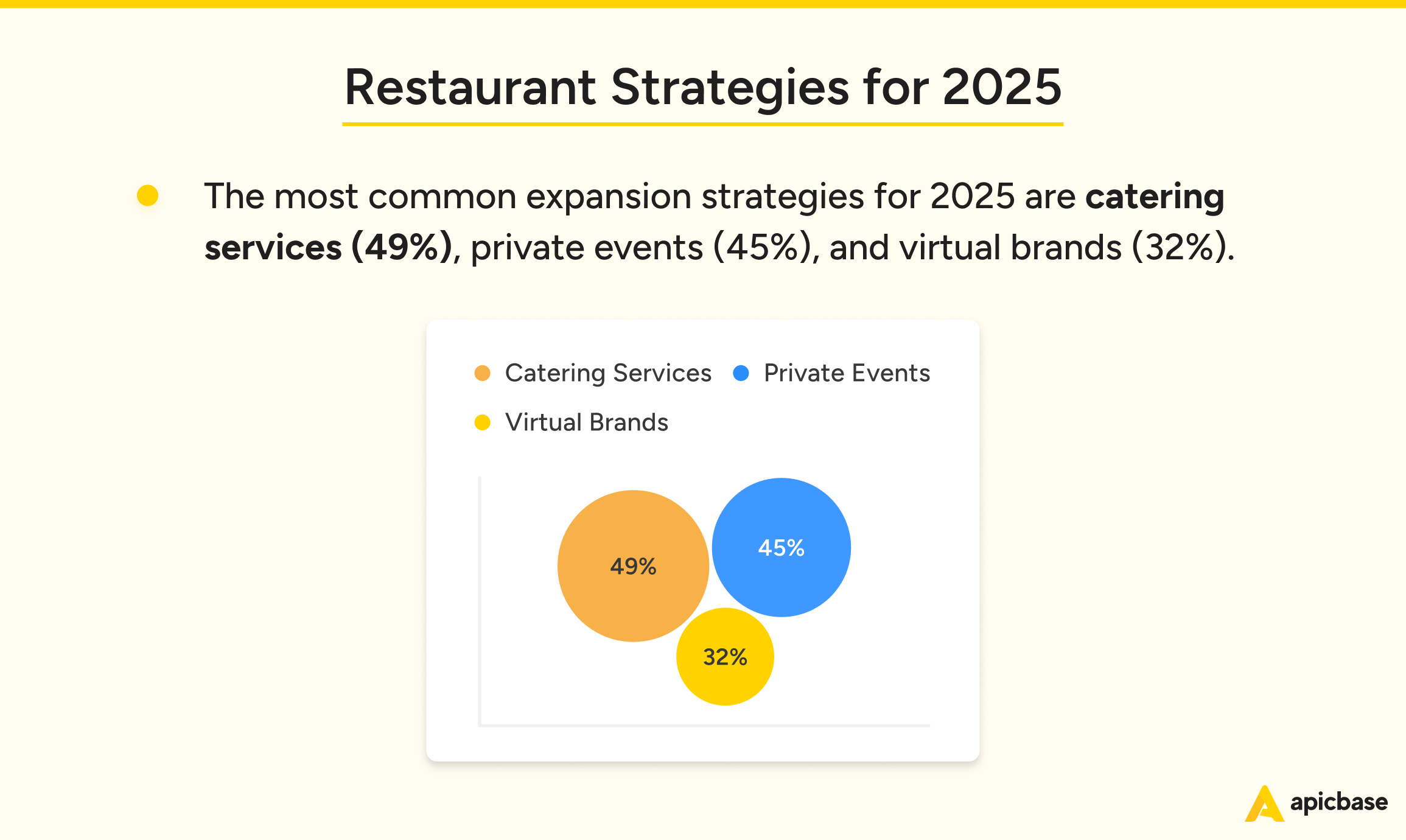
Operators are looking toward 2025 with optimism, planning for increased technology investments, expansion, and strategies to boost sales.
- 40% plan to open multiple new locations in 2025. (Touchbistro, 2024)
- 71% plan to spend somewhat more or significantly more on technology in the following months with a focus on:
- online ordering (35%)
- marketing software (32%)
- accounting software (32%). (Touchbistro, 2024)
- 80% of restaurants plan to either upgrade their POS system or buy a new one in 2025. (Hospitality Technology, 2024)
- Marketing technology, promotions, and loyalty programs will be the top investment for 36% of operators in 2025. (Restaurant365, 2025)
- The most common expansion strategies for 2025 include adding:
- catering services (49%)
- private events (45%)
- Virtual brands (32%). (Touchbistro, 2024)
- 55% of operators will focus on increasing sales in 2025. (Restaurant365, 2025)
- 82% expect costs to increase. (Restaurant365, 2025)
- 90% are either very or somewhat optimistic about the future. No one is particularly pessimistic. (Touchbistro, 2024)
- 40% of operators plan to prioritise improving training programs to retain staff. (Restaurant365, 2025)
Conclusion
At first glance, the challenges of restaurant operators in 2024 seem similar to those of 2023: not letting food and labour costs eat into profit margins and retaining staff. However, a deeper look reveals a more nuanced story:
- Menu price increases have slowed, signalling that restaurants have reached the limits of what they can charge without affecting sales.
- This strategy, however, has proven effective, as operators have managed to halt the decline in profit margins seen in the past few years.
- Now that increasing prices is no longer a viable option, operators are focusing more than before on cutting costs, renegotiating vendor contracts and reducing food waste.
- Consumers have shifted some of their dining habits, replacing dining out with increased takeout and delivery orders.
- Hiring and retaining staff remains challenging, but staff shortages (at least in the US) seem to improve.
- Using POS data to create personalised offers, once considered an advanced marketing strategy, has become standard practice for many operators.
These points above are likely behind the overwhelming optimism of operators. After enduring the pandemic, the great resignation, and high inflation, it’s also understandable that many believe the only way is up.
Although labour and food costs will continue to rise, many feel confident enough to invest in technology and explore new revenue streams.
Here are our 4 recommendations to thrive in 2025:
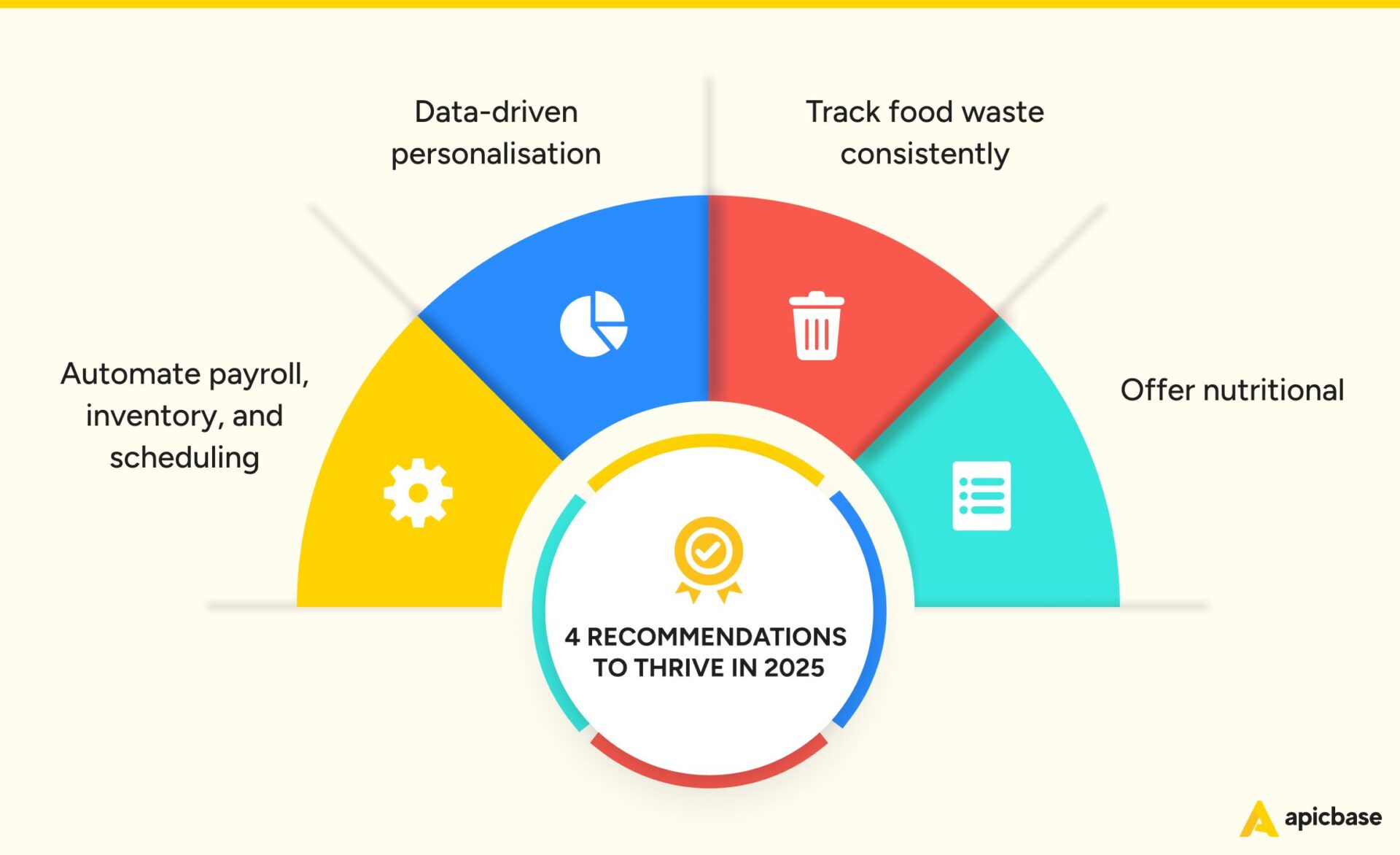
- Continue automating: Focus on payroll, inventory management software, and staff scheduling, where nearly half of operators have yet to implement automation.
- Improve data-based personalisation: Even if you’re already doing it, you’re likely just scratching the surface of what’s possible when you use customers’ data the right way.
- Keep food waste logs: Reducing food waste is an ongoing effort, not a one-time initiative. While signs show that restaurants are making progress, there’s still plenty of room for improvement. It starts with consistently tracking food waste across all operations to identify and prevent waste at its source.
- Keep up with diners’ expectations about customer experience: Recent Mintel data shows that 72% of parents with children aged 16 are seeking smaller versions of adult dishes in the UK. Similarly, 55% of people under 35 would like to see the vitamin and mineral content of food and drinks listed on menus. This is where centralised recipe management software proves helpful.

Ready To Digitise Your BoH Processes?
Apicbase is F&B management software. Get leading technology to combat food waste and increase profit margins in your multi-unit restaurant or food service business.

